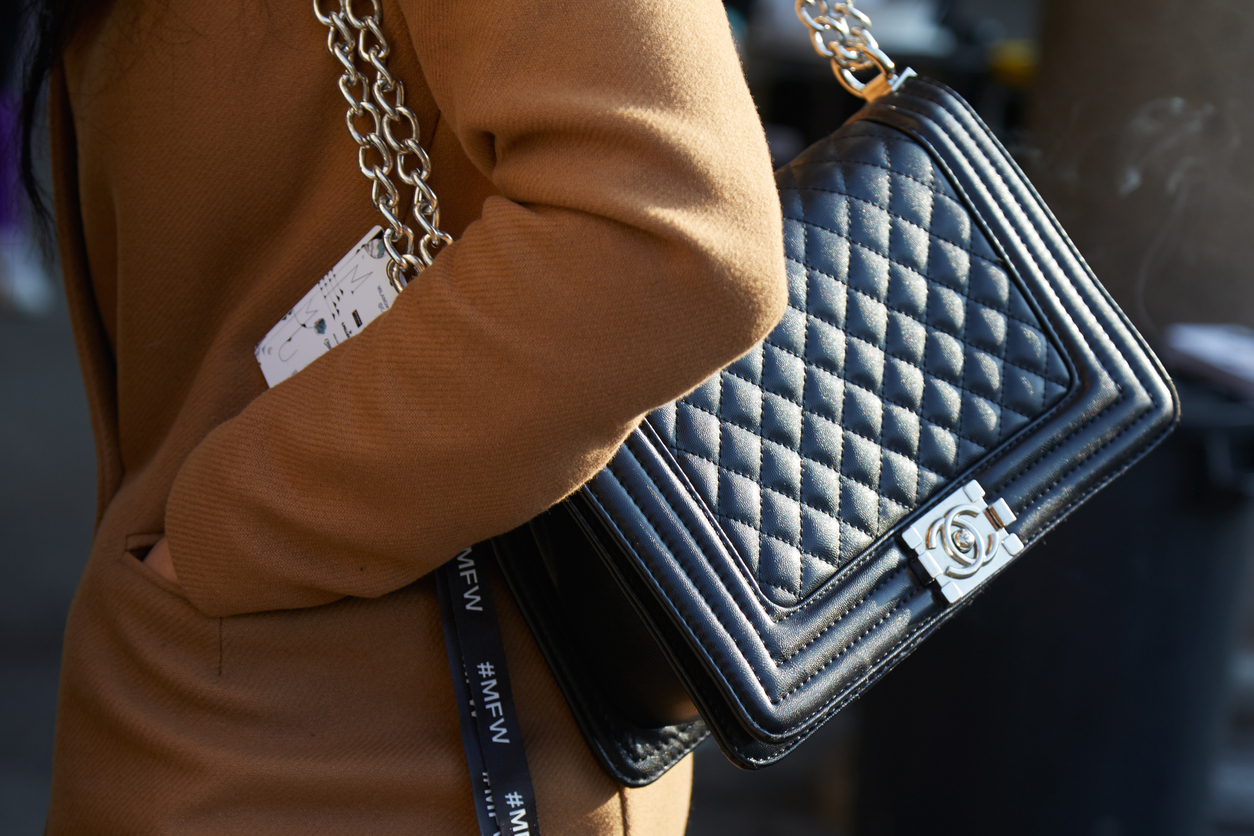Background
Chanel owns the registered trademark (the ‘double C’ logo) in Class 14 in China.
In June 2016 the Guangzhou City Haizhu District Administration for Industry and Commerce (AIC) raided a jewellery store and found goods resembling the shape of Chanel’s ‘double C’ logo. Representatives from Chanel later confirmed that the goods were fake. The total value of the seized goods was Rmb6,671.09 ($993).
The AIC action resulted in a penalty decision whereby the goods were confiscated and a fine of Rmb80,000 ($11,150) was imposed on the jewellery store owner in September 2016.
Several months later, Chanel filed an action for trademark infringement and counterfeiting before the Guangzhou Haizhu District People’s Court, seeking damages of Rmb100,000 ($14,000).
Haizhu District People’s Court decision
The court sided with Chanel, finding that the unauthorised use of the ‘double C’ mark constituted trademark infringement, and ordered the jewellery store owner to pay Rmb60,000 ($8,400) in damages to Chanel.
The jewellery store owner then appealed to the Guangzhou IP Court, asking whether the shape of the counterfeit goods on their own could be considered as infringement. Essentially, the issues were:
- whether the shape of the pieces of jewellery was used as a trademark; and
- if the logo was indeed being used, whether consumers were likely to be confused as to the source of the products.
IP Court decision
The court found that there was no evidence to suggest that the shape of the products was used as a trademark and that the jewellery store owner had misled customers. The court also deemed that the general level of understanding of consumers was sufficient to ascertain that they were not purchasing Chanel goods.
As such, Chanel had not sufficiently made its case for trademark infringement or counterfeiting and the decision from the Haizhu District People’s Court was vacated.
The court further indicated that the production and sales of goods that are similar to well-known registered trademarks could be considered as infringing under the current Chinese laws. Under the Copyright Law, this may constitute infringement if the registered trademark receives copyright protection. In addition, under the Anti-Unfair Competition Law, such production and sales may constitute an act of unfair competition.
As Chanel had not filed a corresponding claim for copyright infringement or unfair competition, the court could not hear the case from these perspectives.
Comment
It is not uncommon for rights holders to file actions for infringement following an action from the AIC, as compensation is not available based on these actions. This is especially true in the current climate, as China is attaching greater importance to IP rights protection and the amount of compensation has increased significantly in recent years.
The key issue in this case was whether jewellery that resembled the shape of Chanel’s ‘double C’ logo infringed its registered trademark rights and whether a product shape could infringe such rights. This issue is not clearly addressed by the current legislation and, in practice, courts will hand down differing decisions based on the specific situations.
Chanel applied Article 76 of the Implementing Regulations of the Chinese Trademark Law, which states as follows:
Acts that are deemed as an infringement of the exclusive right to use a registered trademark as mentioned in Item 2 of Article 57 of the Trademark Law include using a sign identical or similar to the registered trademark owned by another person on identical or similar commodities as the name or decoration of a commodity in a way that the general public are misled.
Chanel argued that the product shape constituted the decoration of a commodity under Article 76 and, therefore, the jewellery store owner’s actions constituted trademark infringement. However, the definition and scope of ‘decoration’ is not clearly stated under the current legislation.
The Guangzhou IP Court held that the product shape is not part of the decoration of a commodity and excluded the application of Article 76. The court noted that the jewellery was sold under the registered trademark 周百福 (ZHOU PAY FOOK) and that there was insufficient evidence to show that the jewellery store owner used the similarity between the shape of its jewellery and Chanel’s registered trademark to attract customers, promote its products or make any other trademark uses of the jewellery shape, or conducted any other activities to mislead consumers.
The court held that there was no trademark use of the product shape and that the jewellery store owner did not mislead consumers as to the source of the products. As such, Chanel’s trademark infringement claim could not be supported.
Chanel actively protects its trademark rights through various channels in China, usually with great success. This is thus a rare loss for the brand. Interestingly, the litigation strategy focused on trademark infringement, as opposed to claiming both trademark infringement and unfair competition, or starting a second action simultaneously based on copyright infringement. These avenues could have supported the case before the Guangzhou IP Court.
It is highly recommended that an initial assessment of potential outcomes be completed in such cases. Identifying the most effective means to secure the desired outcome ensures that resources are not misdirected.
This article first appeared on WTR Daily, part of World Trademark Review, in September 2019. For further information, please go to www.worldtrademarkreview.com






